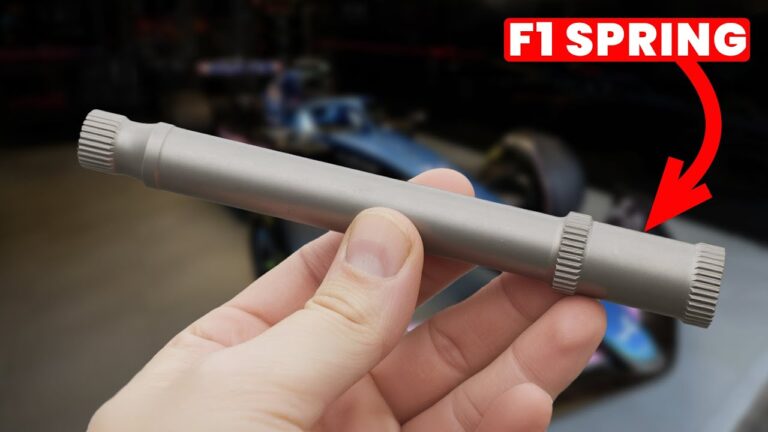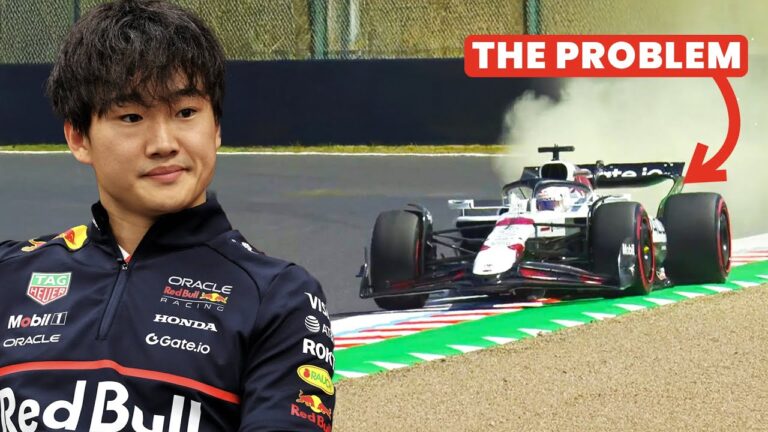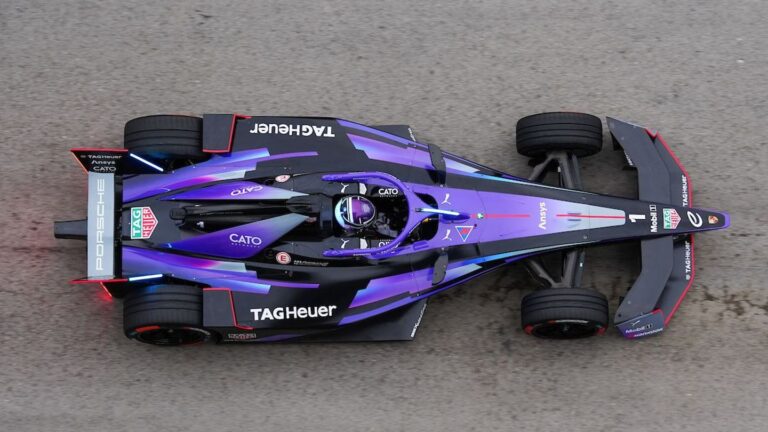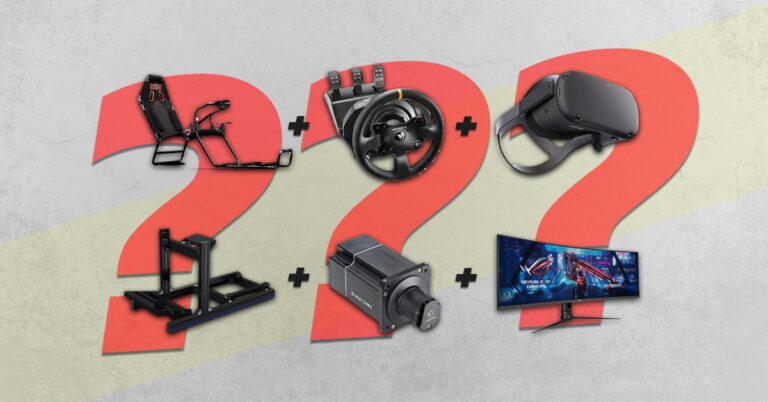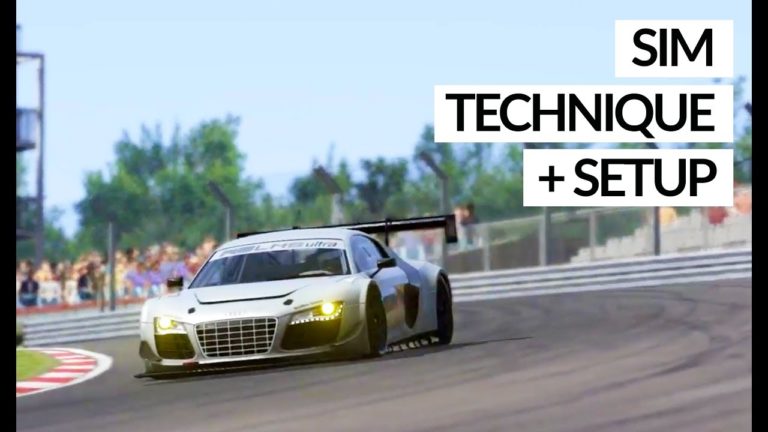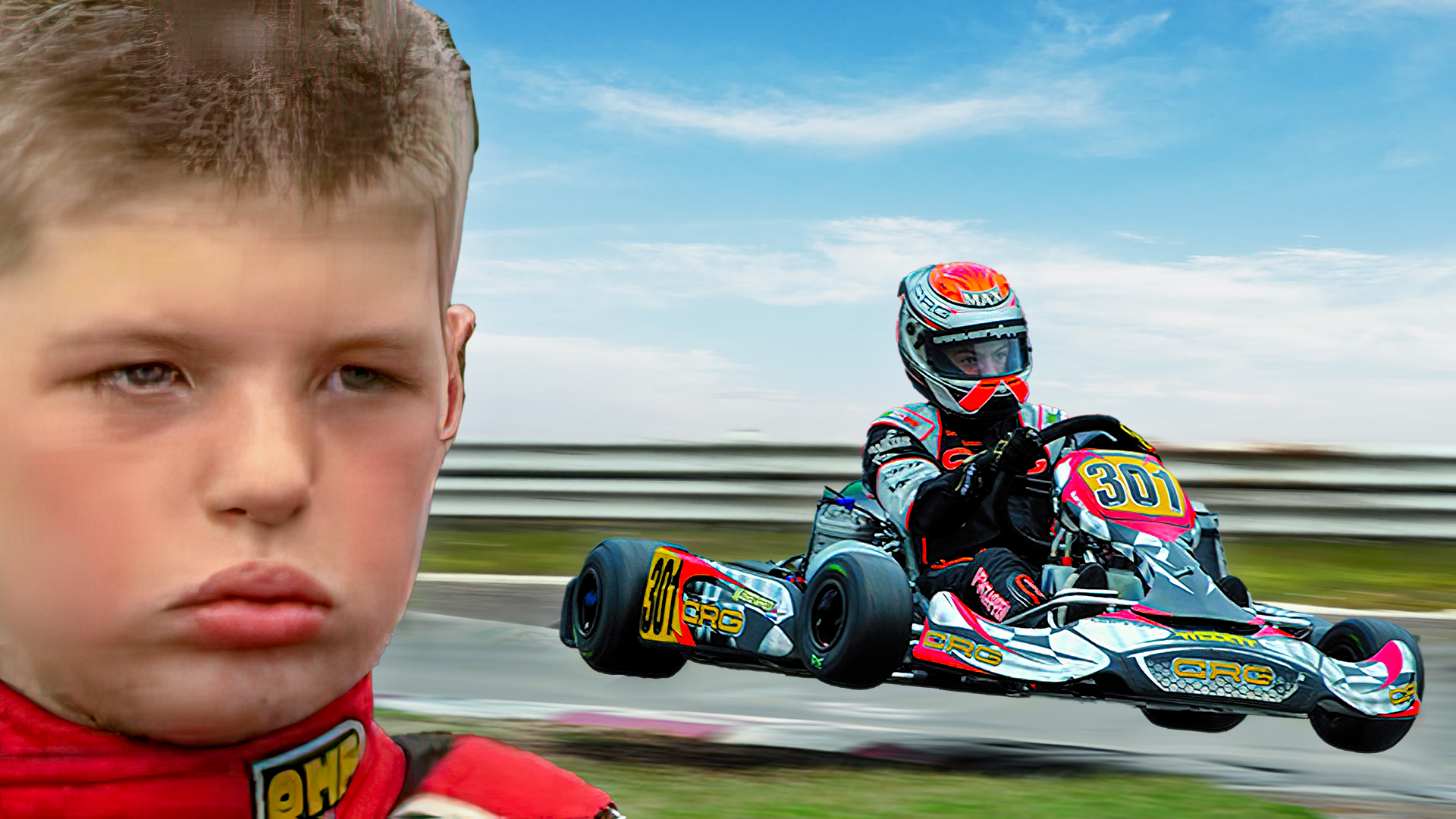
Max Verstappen isn’t just a dominant force in Formula 1; he’s also one of the best sim racers in the world. Remarkably, Verstappen has achieved what no one else has: mastering both real-world and virtual motorsport at the highest level. In a time when professional sim racing has become a full-time career for many, Verstappen’s dual success is a fascinating study in adaptability and skill.
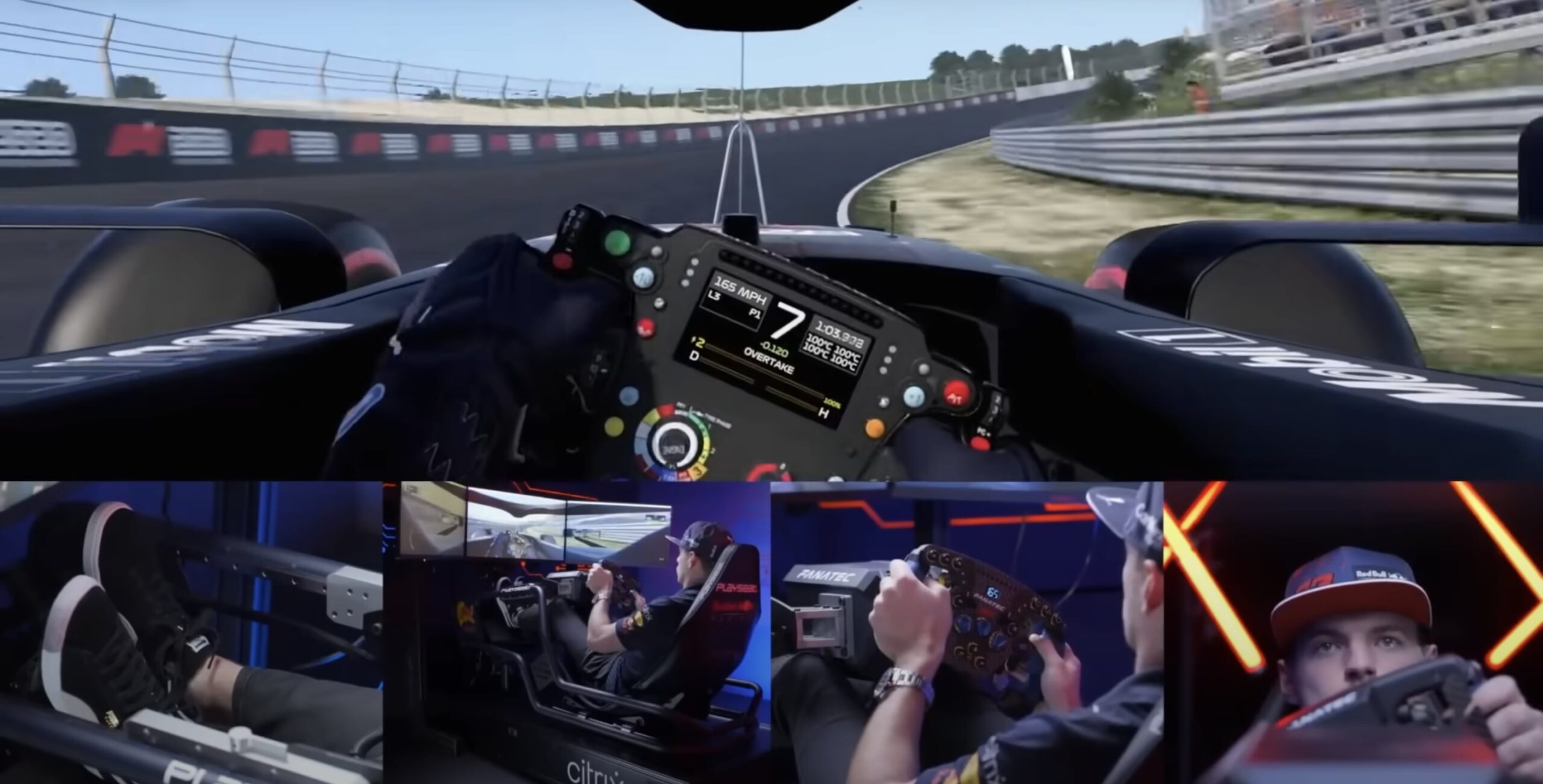
Mastering Bathurst: A Perfect Qualifying Lap
One example of Verstappen’s virtual prowess is his performance at Bathurst, one of the world’s most technically demanding circuits. During the iRacing Bathurst 12 Hours, Verstappen clocked a qualifying lap that was a staggering 0.45 seconds faster than the next best driver. In sim racing, where conditions are identical and every driver races on their own, this margin is monumental. It highlights his unparalleled precision and ability to push the absolute limits of the car.
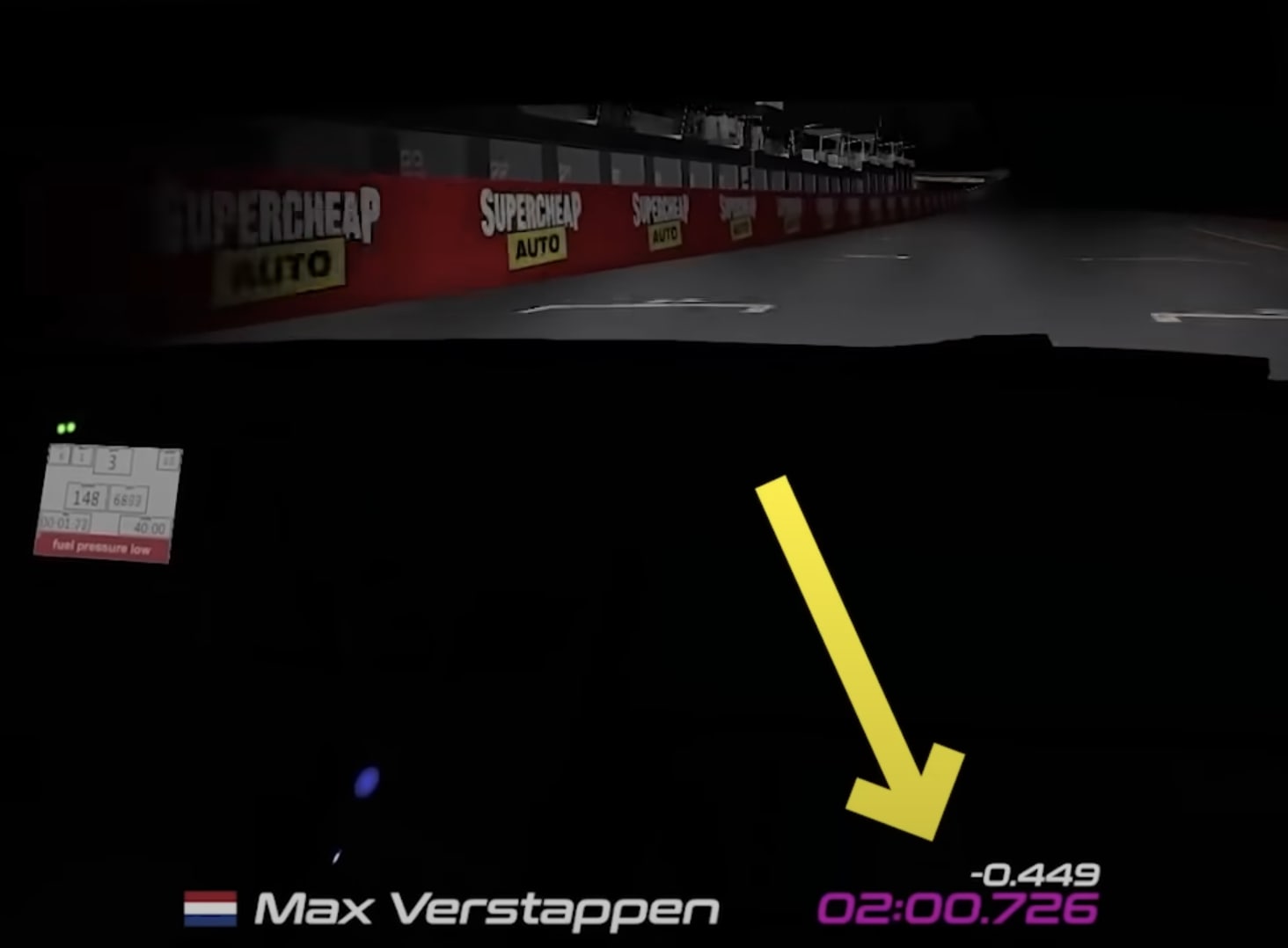
Lightning Starts and Consistent Dominance
Verstappen’s brilliance extends beyond qualifying. In this year’s Le Mans Virtual, he started fourth but took the lead by the first chicane thanks to a perfect launch. Racing against pro esports drivers and motorsport champions, Verstappen quickly built a significant lead. Though technical issues with the game interrupted the event, his dominance in the opening stages left no doubt about his capability.
Translating Real-World Skill to the Virtual Track
While Verstappen’s real-world F1 success might suggest a seamless transition to sim racing, the two disciplines demand different skill sets. Sim racing lacks the physical feedback of G-forces, vibrations, and real-world sensory cues, relying instead on force feedback from the steering wheel and auditory signals. Many accomplished real-world drivers struggle to adjust to these differences, but Verstappen’s adaptability shines through.
For instance, Verstappen uses a unique trick in iRacing: he lowers the engine volume and raises the tire noise. This allows him to “hear” the grip levels, compensating for the lack of physical feedback. Such techniques, paired with his natural talent, allow him to thrive in a virtual environment.


The Dynamics of Driving Different Cars
In both real-world and sim racing, Verstappen demonstrates a remarkable ability to adapt to different vehicles. While F1 cars require smooth, calculated inputs due to their high downforce, GT3 cars demand a contrasting approach, leveraging ABS and traction control. Verstappen’s skill in seamlessly transitioning between these styles underpins his success in both arenas.
Interestingly, Verstappen’s preference for “pointy” car setups—vehicles with sharp front-end responsiveness—remains consistent. This characteristic suits his aggressive driving style, enabling him to rotate the car effectively through corners and maximise exit speeds. It’s a quality that sets him apart from many drivers who prefer more stable setups.
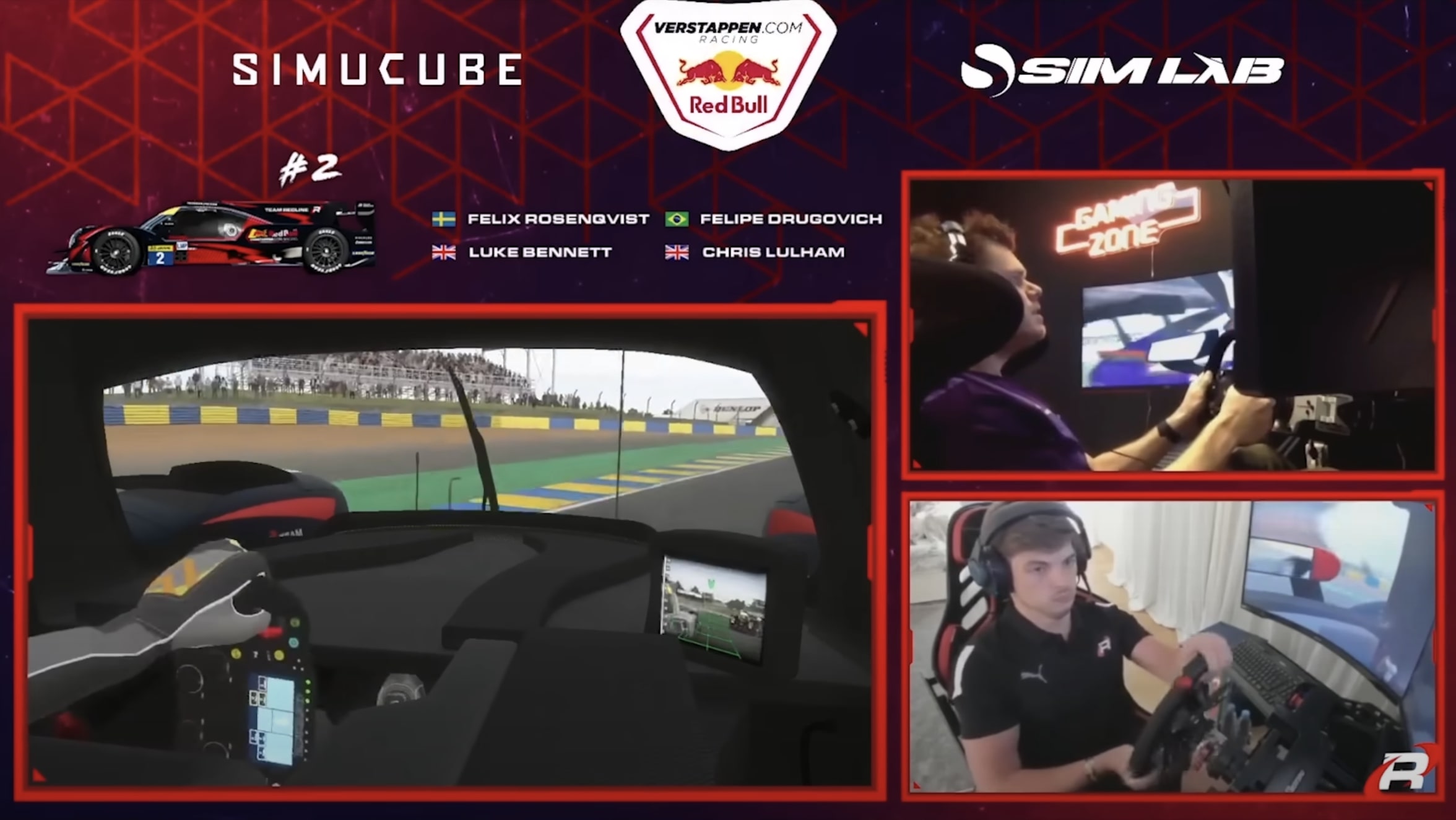
Aggression and Precision: The Verstappen Style
Verstappen’s racing approach, both real and virtual, is defined by his aggression and precision. He leaves no margin for error, using every millimetre of track and often pushing the boundaries of what’s permissible under the rules. While this style has occasionally led to incidents—such as a game glitch at Le Mans Virtual or a collision at Spa—his commitment to winning is unwavering.
One notable similarity between Verstappen’s real-world and sim performances is his focus on corner exits. By prioritising speed out of corners, he gains significant time over competitors. This principle, combined with his intuitive feel for the car, gives him an edge that few can match.
Why Verstappen’s Success Matters
Verstappen’s sim racing achievements underscore the increasingly blurred lines between virtual and real-world motorsport. Sim racing isn’t just a hobby for Verstappen; it’s a valuable training tool that enhances his skills, providing insights into car dynamics and race strategy.
Furthermore, his success demonstrates the potential for sim racers to transition into real-world motorsport with the right opportunities. While Verstappen comes from the opposite direction, his performance validates sim racing as a legitimate and demanding discipline.
Max Verstappen’s dual dominance in Formula 1 and sim racing is a testament to his extraordinary talent, relentless work ethic, and adaptability. Whether behind the wheel of a Red Bull F1 car or a virtual GT3, Verstappen continues to set new standards, inspiring both real-world drivers and sim racers alike.




